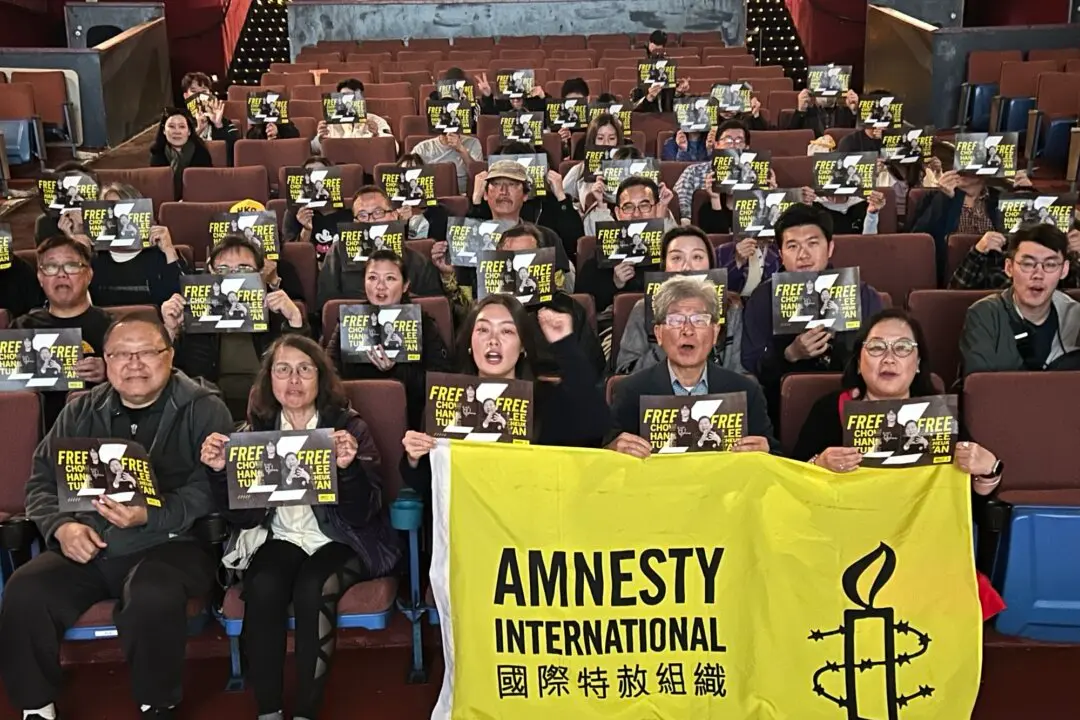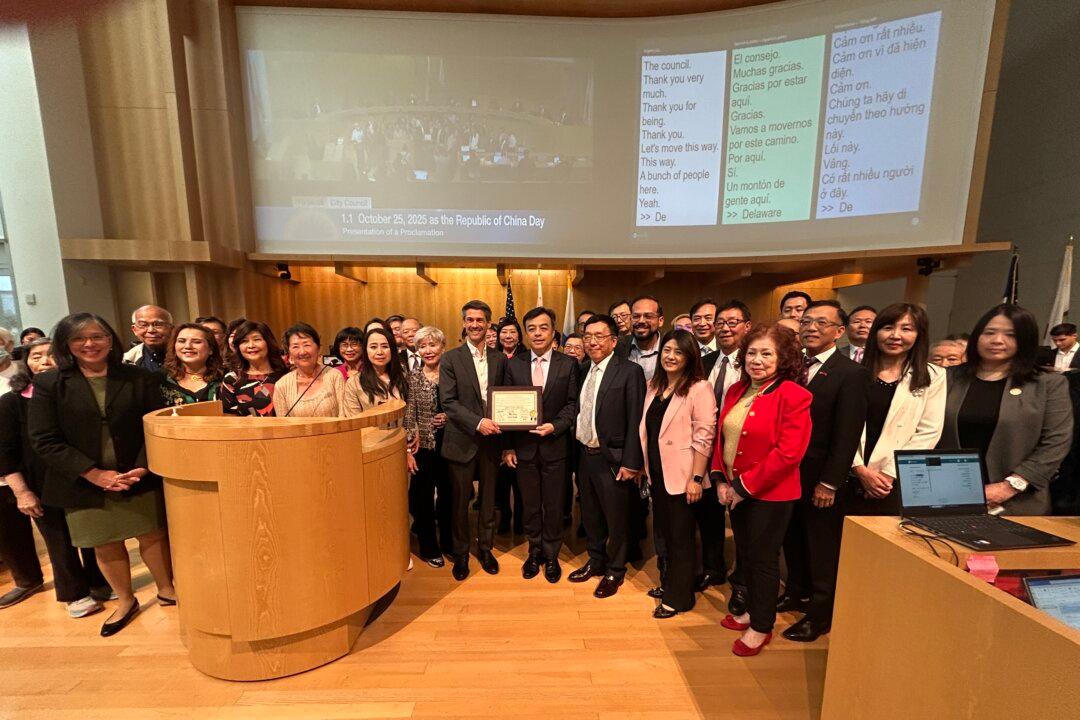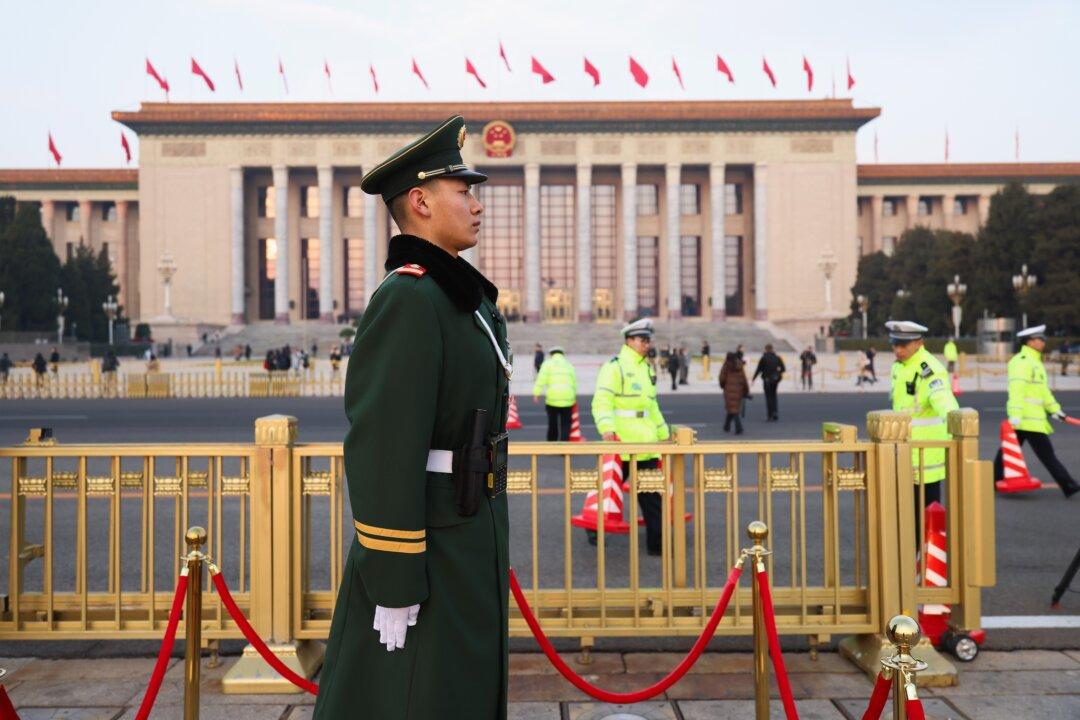Almost three years after the COVID-19 pandemic started, an Illinoisian legal group is setting up a civil class lawsuit against the central Chinese city of Wuhan, where the first COVID cases were reported.
“Based on the latest statistics, almost 40,000 Illinoisans died from COVID,” stated the press release from Kent Gray, an attorney practicing laws in Springfield, Illinois. The case, once started, will fight for compensation for the families that lost their loved ones, for companies that were impacted financially, and for people who suffered substantial harm caused by the pandemic.





